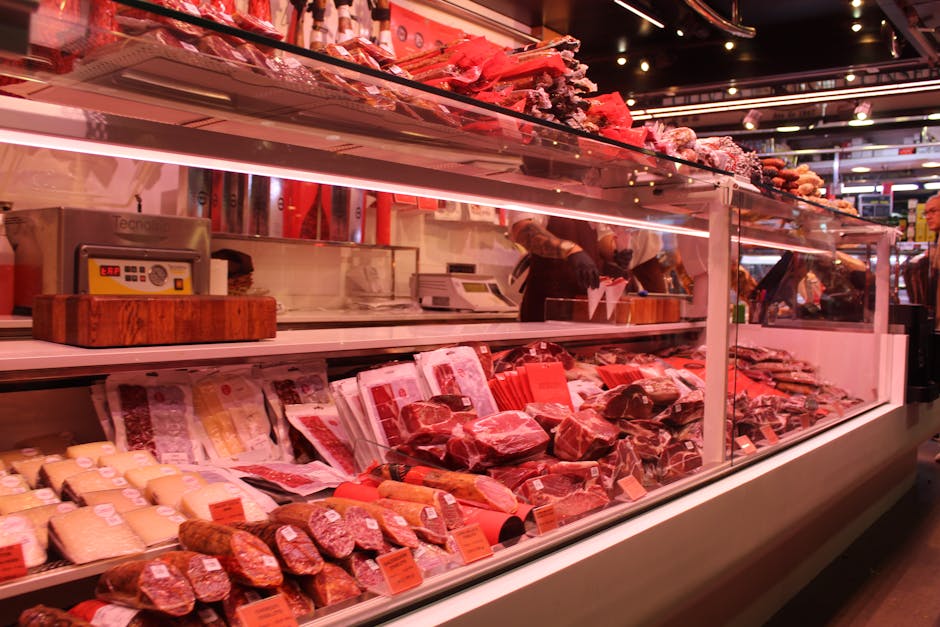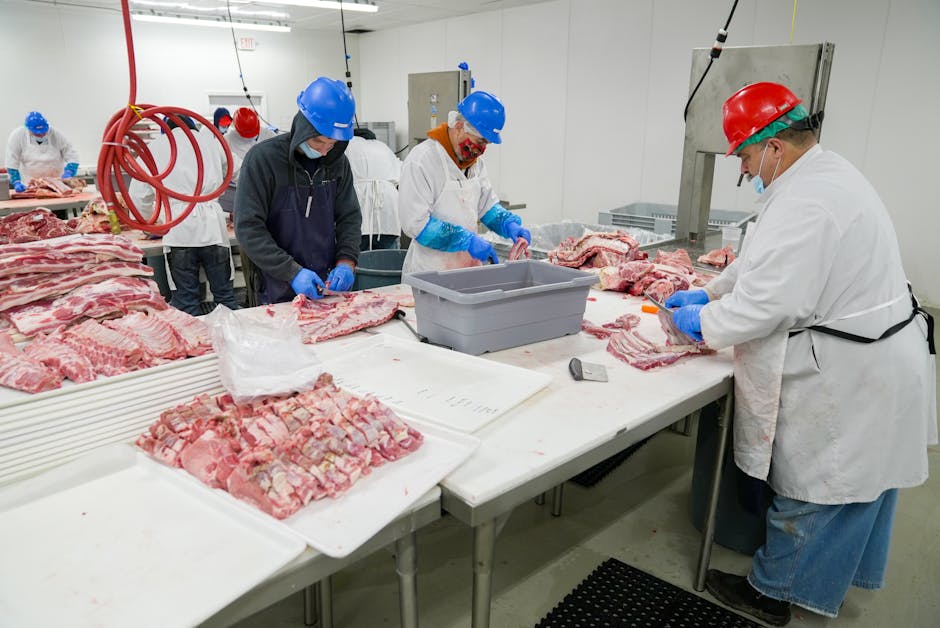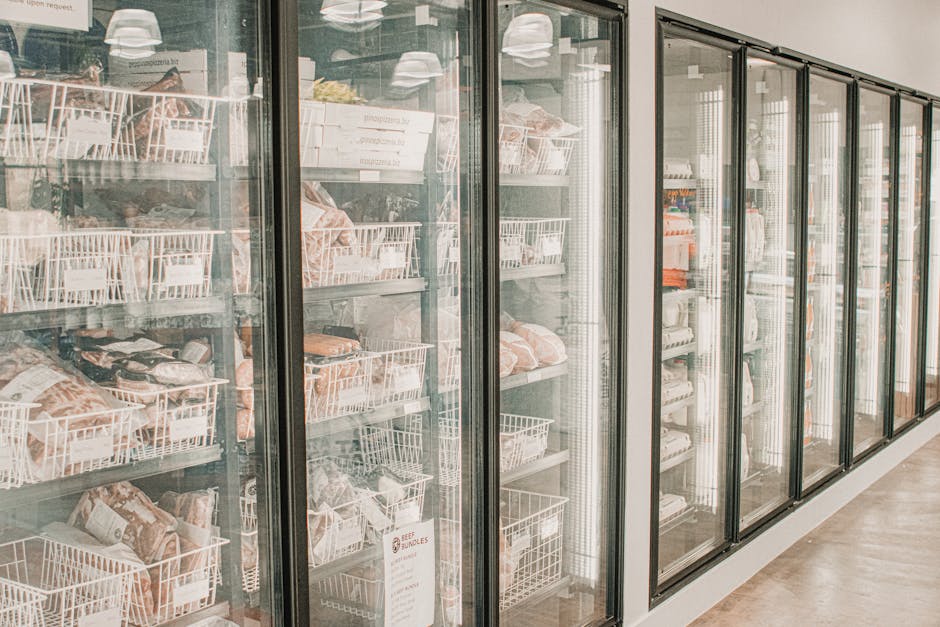Mastering Pork Butt Temperature: Your Guide to Juicy, Tender Pulled Pork
Achieving succulent, melt-in-your-mouth pulled pork hinges on one crucial factor: mastering the pork butt temperature. While seemingly simple, understanding the nuances of temperature control throughout the cooking process is the key to unlocking perfectly tender, flavorful pulled pork every time. This comprehensive guide will walk you through every aspect, from safe cooking temperatures to troubleshooting common issues and exploring various cooking methods.
Understanding Safe Pork Butt Temperatures
Food safety is paramount. The USDA recommends cooking pork to an internal temperature of 145°F (63°C), measured using a reliable meat thermometer. This temperature ensures that any harmful bacteria are eliminated, guaranteeing a safe and enjoyable meal. However, simply reaching 145°F isn’t the end goal for pulled pork. To achieve the ultimate tenderness, we’ll need to understand the concept of the “stall” and how to navigate it.
The Pork Butt Stall: Your Biggest Challenge
During the cooking process, you’ll likely encounter the “stall.” This is a period where the internal temperature of the pork butt plateaus, seemingly refusing to rise despite continued cooking. The stall is caused by the evaporation of moisture on the surface of the meat, creating a barrier that prevents heat penetration. Understanding and managing the stall is crucial for achieving perfectly tender pulled pork.
The stall typically occurs between 150°F (66°C) and 170°F (77°C). Don’t panic! This is normal. The best way to overcome the stall is to maintain a consistent cooking temperature and simply let time do its work. You can also employ techniques like wrapping the pork butt in butcher paper or foil to help retain moisture and accelerate the cooking process.

Different Cooking Methods and Temperature Considerations
Pork butt can be cooked using a variety of methods, each requiring a slightly different approach to temperature management.
Slow Cooker Method
Slow cookers are ideal for achieving tender pulled pork. While exact temperatures vary among models, generally aim for a low setting (around 200°F) for 8-10 hours, or a high setting (around 250°F) for 4-6 hours. Use a meat thermometer to check the internal temperature, and remember to allow for carryover cooking after removing the pork from the slow cooker.
Oven Method
Oven cooking is another popular method. Start by preheating your oven to 250-300°F (121-149°C). For a 4-5 lb pork butt, you can expect cooking times between 6-8 hours. Again, monitor the temperature using a meat thermometer and be prepared for the stall. Wrapping the pork butt in foil or butcher paper during the stall can significantly reduce cooking time.
Smoker Method
Smoking provides an unparalleled depth of flavor. Aim for a consistent temperature between 225-250°F (107-121°C) for the duration of the cook, which can take anywhere from 12-16 hours or even longer depending on the size of the butt and your smoker. Low and slow is key here. Maintain consistent temperature and monitor your smoker closely for optimal results.

Instant Pot Method
For a quicker method, the Instant Pot can achieve tender pulled pork in a fraction of the time. The pressure cooking method reduces cooking time significantly. Follow your Instant Pot’s instructions, but expect cooking times of 90 minutes to 2 hours on high pressure, followed by a natural pressure release. Always check the internal temperature to ensure it reaches the safe temperature of 145°F (63°C).
Beyond 145°F: Achieving Optimal Tenderness
While 145°F (63°C) is the minimum safe temperature, pulling your pork at this temperature will not yield the tender, easily shredded texture you desire. Many cooks prefer to take the pork butt to a higher internal temperature, often between 190°F (88°C) and 205°F (96°C). At these temperatures, the collagen in the pork breaks down completely, resulting in an incredibly tender and juicy final product.
Remember to consider carryover cooking, which continues to raise the internal temperature of the meat even after removing it from the heat source. This carryover can be significant, especially with larger pork butts. Allowing the meat to rest before shredding is essential.
Troubleshooting Common Issues
Even with careful monitoring, issues can arise. Here are some common problems and how to address them:
- Dry Pork: Ensure sufficient moisture during cooking. Consider adding liquid to the slow cooker or smoker, or wrapping the pork butt in foil or butcher paper during the stall.
- Tough Pork: This often indicates insufficient cooking time or temperature. Use a meat thermometer to verify the internal temperature and continue cooking until it reaches the desired level.
- Uneven Cooking: Ensure your cooking equipment is distributing heat evenly. Rotate the pork butt if necessary, especially when using an oven or smoker.
Choosing Your Pork Butt
The quality of your starting material directly impacts the final product. Look for a pork butt with good marbling – this fat will render during cooking, providing flavor and moisture. Avoid pork butts that are excessively lean.
Conclusion
Mastering pork butt temperature is a journey, not a destination. With practice and attention to detail, you’ll be able to consistently produce juicy, tender, and flavorful pulled pork that will impress your family and friends. Remember to always prioritize food safety, use a reliable meat thermometer, and don’t be afraid to experiment to find the perfect cooking method and temperature for your preference.


